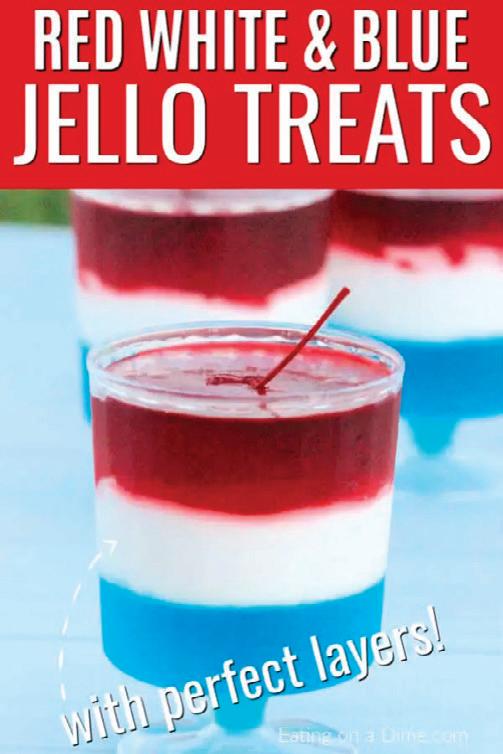
4 minute read
Easily Overlooked
• Signs of a processing disorder, such as having trouble following spoken directions or stories that are read aloud
There isn’t a simple, one-test way of identifying twiceexceptional children. Ask your child’s school how it evaluates kids for giftedness and learning and attention issues. The process will likely include assessing your child’s strengths and weaknesses as well as observing him in class and other settings.
Advertisement
It may be helpful for you and the teachers to keep records of what your child excels in and struggles with. Be on the lookout for “disconnects” between how hard he’s studying and what kinds of grades he’s making.
Social And Emotional Challenges
Giftedness can add to the social and emotional challenges that often come along with learning and attention issues. Here are some challenges that twiceexceptional learners may face:
Frustration: This is especially common among kids whose talents and learning issues have gone unnoticed or only partially addressed. These students may have high aspirations and resent the often-low expectations that others have for them. They may crave independence and struggle to accept that they need support for their learning and attention issues.
Like many gifted students, twice-exceptional learners may be striving for perfection. Nearly all the students who participated in one study of giftedness and learning disabilities reported that they “could not make their brain, body or both do what they wanted to do.” No wonder these kids are frustrated!
Low self-esteem: Without the right supports, children with learning and attention issues may lose confidence in their abilities or stop trying because they start to believe that failure is inevitable. This kind of negative thinking can add to the risk of depression.
Social isolation: Twice-exceptional kids often feel like they don’t fit into one world or another. They may not have the social skills to be comfortable with the students in their gifted classes. They may also have trouble relating to students in their remedial classes. This can lead twice-exceptional learners to wonder, “Where do I belong?” These children often find it easier to relate to adults than to kids their age.
How To Help Your Child
With the right supports and encouragement, twiceexceptional learners can flourish. (Just ask Steven Spielberg!) Here’s what you can do to help your child: Talk to the school. If you suspect your child may be twice exceptional, request a meeting with the school’s special education coordinator. Discuss your concerns, and ask about types of tests.

Ask to stay in the gifted program. If your child has been identified as gifted but is not doing well in that program, request that he be assessed for learning and attention issues before any decisions are made about removing him from the program.
Make the most of your child’s IEP. If the school determines that your child is twice exceptional, use the annual goals in his Individualized Education Program (IEP) to address his weaknesses and nurture his gifts. Be prepared to brainstorm—and to be persistent!
Find other twice-exceptional kids. Encourage your child to spend time with children who have similar interests and abilities. This can help him celebrate his strengths and feel less isolated. You may be able to connect with twice-exceptional families through Understood’s parent community.
Empower your child. Help him understand what his gifts and weaknesses are. Reassure him that he can get support in the areas where he struggles. But resist the urge to rush in and rescue him every time he gets frustrated. It’s better to help him learn to cope with his mixed abilities.
By partnering with your child’s teachers, you can help your child develop his talents and achieve his full potential. Learn more about how to be an effective advocate for your child at school. Explore Parenting Coach for strategies on how to handle frustration and other everyday challenges. With your love and support, your child can move ahead and make the most of his gifts.
Key Takeaways
• Gifted children with undiagnosed learning and attention issues may appear to be “underachievers” or “lazy.” https://www.understood.org/en/friends-feelings/empowering-your-child/building-on-strengths/gifted-childrenschallenges-with-learning-and-attention-issues
• Twice-exceptional children are often at risk for social and emotional challenges.
• Your child’s IEP can address his weaknesses and nurture his strengths.
You have to try this easy Red, White, and Blue Jello next time for your 4th of July party. It is easy to make, the kids love it and everyone will be impressed.
PREP TIME 1 HR • TOTAL TIME 1 HR • SERVINGS 10 INGREDIENTS
• (1) 6 ounce package of Cherry Jello (or other red flavor)
• (2) 3 ounce packages of Berry Blue Jello
• (1) 8 ounce container of Cool Whip
• Maraschino cherries (with stems)
• Clear plastic cups
Instructions
• Make the Berry Blue Jello according to the package instructions. Fill your cups 1/3 full with the Berry Blue Jello (I used about 1/3 cup for my cups).
• Place in fridge for 1 hour (or 10 minutes in the freezer if you’re in a hurry).
• Fill cups another 1/3 full with Cool Whip, smoothing out the top. (I used about 2 tablespoons for my cups).
• Place in freezer.
• Make Cherry Jello immediately. Let cool in fridge for 20 minutes. You don’t want to Jello to solidify at all, you just need it to cool down so you can pour it on top of your Cool Whip without melting it.
• Remove cups from freezer and jello from fridge. Fill the remainder of your cup with red jello (leave a little bit of room at the top).
• Refrigerate for another 20 minutes or just until jello starts to set slightly. Push one maraschino cherry with stem into the red jello, leaving the stem stick out like a little firework.
• Refrigerate for another 30 minutes, or until jello is firm. Enjoy!







